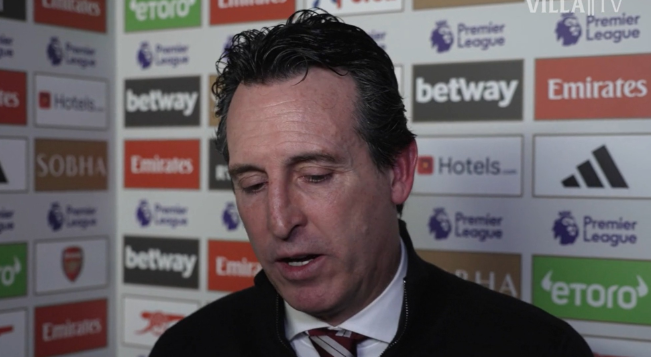
Japanese soccer, with its solid overall strength and rich talent pool, seemed destined to make it all the way through the Asian qualifiers. However, at the beginning of the 12-game campaign, every appearance of the Blue Samurai was accompanied by fanfare and skepticism. The situation was particularly embarrassing for skipper Mori, whose joke of a "one goal deficit" seemed to be synonymous with him. However, from the mid to late stages of the 12 matches, the Japanese team showed the ability to control the pace of the game, and soccer skills are steadily improving, gradually moving towards the "outside of Asia" stage.
Mori Boye, the eye of the storm of public opinion, is undoubtedly the focal point of the Japanese team. A former international player who transitioned into coaching after retiring in 2003, he was challenged by Sanfrecce Hiroshima. Since 2004, Mori Boyoshi has served as an assistant coach for Sanfrecce Hiroshima and Niigata Swans, before officially taking charge of the Sanfrecce Hiroshima coaching staff in 2012. He quickly led the team to success, winning the J-League title three times in five years.
During his time at Sanfrecce Hiroshima, Mori's "conservative" style became more apparent after the 2018 World Cup. He took over as head coach of Japan and brought this style to the Blue Samurai. Unlike the traditional image of Japanese soccer, Mori's teams tend to be more balanced like European teams. They are known for their superb technique, pass control and push for attacking soccer.
Although Mori Boichi's ability has been questioned by some Japanese fans, he is undoubtedly the national team coach with the highest winning percentage in Japan's history. In his 57 matches, Japan has won 39, drawn 8 and lost 10, a 69.4% win rate. Over the past four years, opponents have included second-tier teams from Europe and South America.In 2019, Japan was even invited to play in the Copa America, a testament to the gold of Mori's winning percentage.
In the first 40 matches, Japan mainly used a 4231 formation, with Kamata Daiichi making a strong showing at the front, but the results were not ideal. Then, Mori Boichi adjusted the formation to be more like 4141 or 433, stabilizing the team's fundamentals through the attack and defense of the three midfielders and implementing quick counterattacks on the basis of defense.
In this year's training matches, Japan has mainly utilized 433 and 4231 formations. Considering the Group of Death at the World Cup, Japan may continue the fighting style from the first 12 matches. In an interview, Mori Boichi said that he will make sure that the defense is tight and will not give the opponents any chances. On the attacking end, two wingers, Takumi Minamino and Haru Ito, will be key, with the former responsible for the midfield tandem and the latter being the breakthrough point on the wings.
Forecast I (4231)
Shuichi Chonda/Yuto Nagatomo, Kenyo Tomoyasu, Maya Yoshida, Kouki Sakai/Hidemasa Morita, Hikaru Endo/Echi Kamata, Takumi Minamino, Junya Ito/Daiten Maeda
Key Players: Staying with the Army, Everyone's Key
In Japan's Qatar World Cup roster, 20 players are European players, 13 of whom play in the top five leagues, forming a true "foreign legion". Unlike other Asian teams, Japan has a strong reserve pool and promotes a holistic approach to soccer, where everyone seems to be a key player. Nevertheless, the team's star players still have their own characteristics, and their form directly affects the Blue Samurai's three fronts.
Japan's lack of a top center forward is their biggest weakness, making the attacking ability of the two wingers especially important. Takumi Minamino, a former player for Liverpool in the English Premier League, carries on the tradition of the Japanese No. 10 jersey of Toshihiro Nakamura and Shinji Kagawa. His footwork and ability to threaten the ball with a pass are key weapons in the team's attack.






























